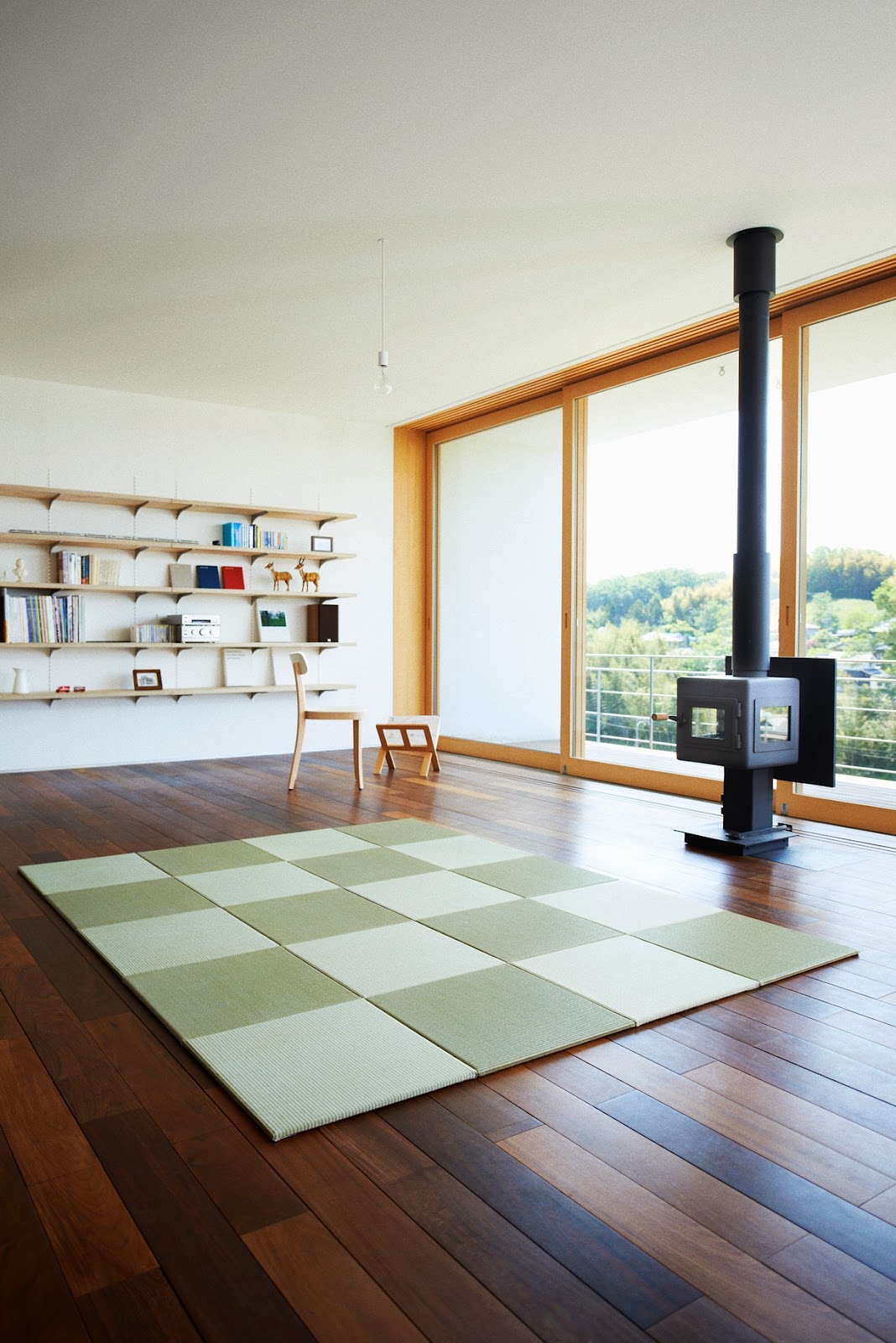This colourful mobil is made of Mizuhiki which is a twisted Japanese paper string coated with a glittering glaze. It has a flower motif and each piece is hand woven. It gently shines and brighten up the room. Each color has two tones; cherry x salmon pink, turquoise x sky blue, gold x custard lemon etc, which gives a deep and refined impression.
Japanese paper is incredibly durable and this Mizuhiki string is very strong in water and flexion. You can change the length of the cord by moving the flower motif to create a different face. Please click here to learn more about Mizuhiki mobil.




















